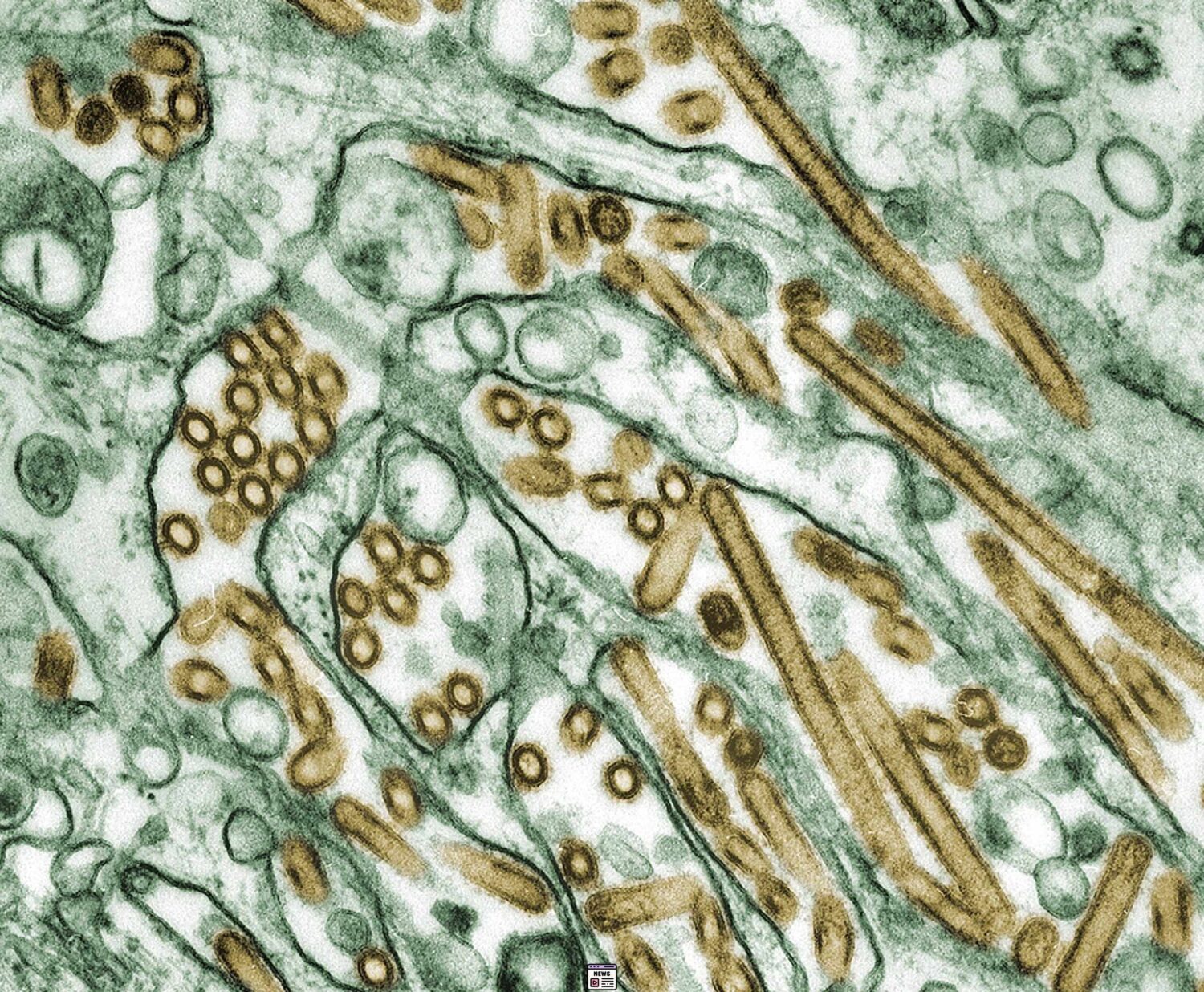Updated on: October 6, 2024 11:44 pm GMT
Understanding the Recent Cluster of Influenza A(H5) in Colorado
The emergence of diseases like avian influenza can stir anxiety in communities, particularly when they involve human health risks. Recently, health officials reported nine cases of avian influenza A(H5) infections among poultry cullers in Colorado. This situation raises several questions: What does this mean for public health? How safe are our food systems? And how can we mitigate the risks of such outbreaks in the future? In this blog post, we’ll delve into the details of the outbreak, the response from health authorities, and what it means for all of us.
The Background of the Outbreak
In July 2024, two outbreaks of avian influenza A(H5N1) occurred in Weld County, Colorado, a region known for intensive poultry and dairy farming. The viruses isolated from these outbreaks were identified as clade 2.3.4.4b genotype B3.13, which has already been associated with before outbreaks in both poultry and cattle. Following the detection of the virus, approximately 250 contract workers, primarily Spanish-speaking migrants, were enlisted to cull infected birds at two poultry facilities.
These workers quickly began reporting symptoms consistent with the virus, including fever, chills, and conjunctivitis. In total, nine workers were confirmed to have contracted the virus after intense occupational exposure to infected poultry. Notably, all infected workers had mild to moderate symptoms, with no hospitalizations or deaths reported. This highlights a poignant issue: while poultry culling is vital for controlling avian influenza outbreaks, it also poses serious health risks to workers in close contact with infected animals.
Health Response and Community Safety Measures
In response to the outbreak, the Colorado Department of Public Health and Environment (CDPHE) initiated a comprehensive health response plan. Workers were screened and tested promptly, and those with symptoms received oseltamivir (Tamiflu) as both treatment and post-exposure prophylaxis. Personal protective equipment (PPE) was provided to all workers, underscoring the importance of safety measures in high-risk environments.
Despite these efforts, the findings revealed inconsistencies in PPE use among the workers. Some reported challenges in both obtaining and properly using the protective gear. This situation highlights the essential need for continuous education and training in health and safety practices in agricultural settings. As public health advocates, it is crucial for employers to prioritize training and to ensure all workers are provided with the necessary tools and knowledge to safeguard their health.
The Broader Implications of Avian Influenza Clusters
The recent clusters of H5N1 cases not only pose direct health risks to the workers but also underline the interconnectedness of animal and human health — a concept known as One Health. This approach recognizes that the health of humans, animals, and the environment is intricately linked, and successful management of diseases like avian influenza requires a coordinated effort across these sectors.
Moreover, as H5N1 is primarily an avian virus, occurrences like these can raise concerns about its potential transmission to the general public. While the current outbreak has been contained without severe consequences, it serves as an essential reminder of the ongoing risks associated with zoonotic diseases, especially in agricultural environments.
What Can We Do?
Given the reality of such outbreaks, it’s essential for the general public to remain informed and proactive. Staying up to date with health advisories and understanding the risks associated with food production can help alleviate concerns. Awareness of zoonotic diseases is critical, and even small actions—such as supporting public health initiatives, advocating for worker safety, and staying informed about agriculture health measures—can contribute to a healthier community.
Conclusion
As we reflect on the cluster of influenza A(H5) cases reported in Colorado, it is clear that the health and safety of workers play a vital role in preventing outbreaks. Our food systems are robust, but they require careful monitoring and proactive health measures to ensure their ongoing safety. As we move forward, let’s prioritize education, advocacy, and collaboration to create safer working environments for those on the front lines. Together, we can enhance community resilience against diseases that affect both animals and humans.
If you want to learn more about avian influenza and how it impacts our food systems, stay connected for updates, resources, and insights. Always prioritize your health and the health of your community!
FAQs
What is avian influenza A(H5)?
Avian influenza A(H5) is a subtype of the influenza virus that primarily infects birds but has been known to infect humans in rare cases. The H5N1 strain has caused serious illness in humans, but human-to-human transmission is uncommon.
How can outbreaks of avian influenza affect our food supply?
Outbreaks can lead to culling of infected animals and impact poultry prices, availability, and food safety protocols. Monitoring and containment are vital to mitigate these effects.
What measures can agricultural workers take to protect themselves?
Workers should use personal protective equipment (PPE), adhere to safety protocols, and report any symptoms immediately. Continuous training and engagement on health practices are also essential.
What should the general public do in response to an outbreak?
Stay updated by using trustworthy sources. Help support public health rules and speak up for the safety of workers on farms. Knowing more can ease worries and help health efforts.
